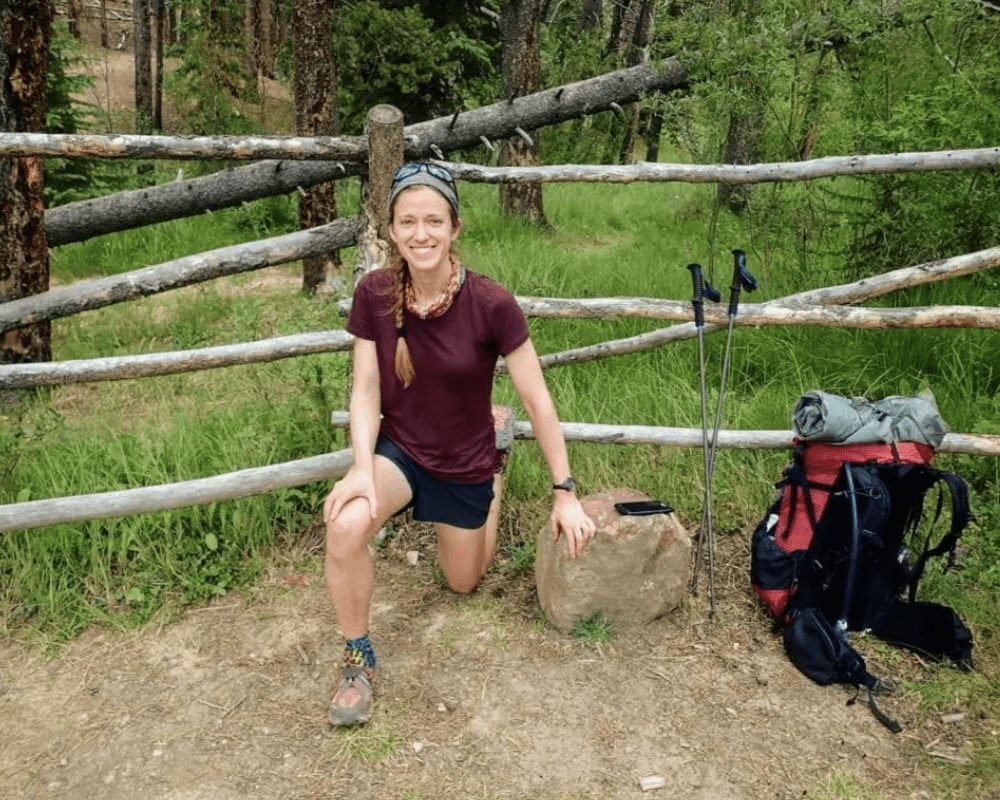
The rush of adrenaline as you ascend higher and higher while hiking is exhilarating and a refreshing challenge for your spirit, but your knees may not be as enthusiastic. The more you hike, the more the pressure can get to your body. For regular hikers, having some tips and tricks in the arsenal to deal with it can be a game-changer. Here is some expert advice on how to deal with the common pain in the legs that come with steep hikes.
Stinging Knees
The pressure on your knees, particularly the patellofemoral joint, can lead to persistent leg pain long after the hike. If a week-long break is not possible, take shorter strides and soothe those sore knees with a refreshing cold pack when you finally reach base camp.
Burning Calves

The overuse of the Achilles tendon can irritate it, causing calf pain that worsens with each step. To alleviate this burning pain in your legs, try stretching by placing the ball of your foot against a tree. Lean forward with straight legs to stretch your calf. Hold for a few minutes on each side to prevent soreness.
Bruised Ankles
While hiking downhill, a major problem that can occur is overpronation. This can happen if you roll your ankle too far inward, causing ankle, knee, and hip pain. Use an even and gentle rolling motion while hiking downward to prevent this. Roll your weight onto the outside of your foot before rocking inward and preparing for the next step down. You may also consider adding an aftermarket insole for extra arch support.
Swollen Joints

The repeated stress on your hips, knees, and ankles from trekking too often can cause inflammation. The pain might feel like a deep toothache inside your joint, throwing your balance off and making steep hikes challenging. Studies have shown that trekking poles can cut the compressive force on your joints by up to 25%, leaving your legs free to tackle trails with ease.
Bottom Line
Strengthening exercises, stretching before and after your hike, and using the right gear can help you prevent these injuries and pain in your legs. Even with all these precautions in place, if you still experience any pain, take a break as soon as the pain occurs. Don’t try to push through it, as this can lead to severe injuries. Remember to listen to your body and take it slow to enjoy those beautiful views without pain.